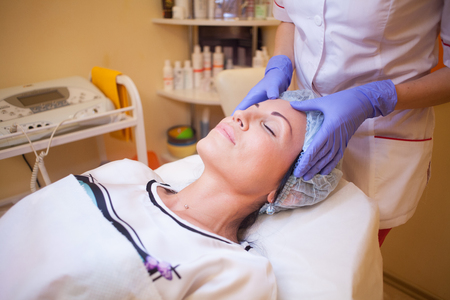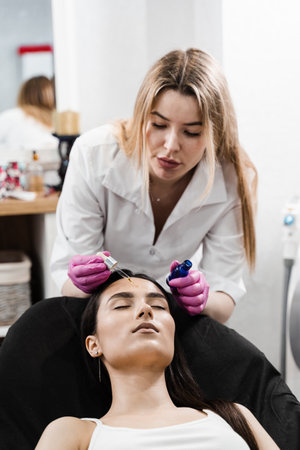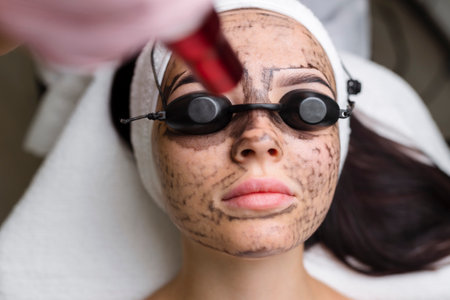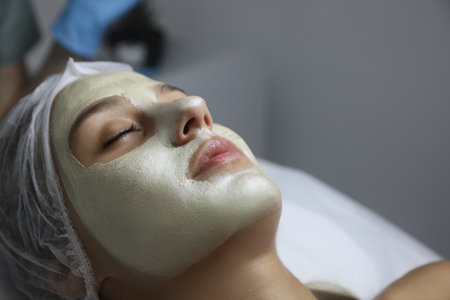Post-Treatment Aftercare: Special Considerations for Multicultural Skin in the UK
Understanding Multicultural Skin Types in the UKThe United Kingdom is renowned for its rich cultural diversity, reflected not only in its vibrant communities but also in the wide spectrum of skin types seen across the population. Navigating post-treatment aftercare in such a multicultural context requires a nuanced understanding of the unique characteristics that different ethnic…







